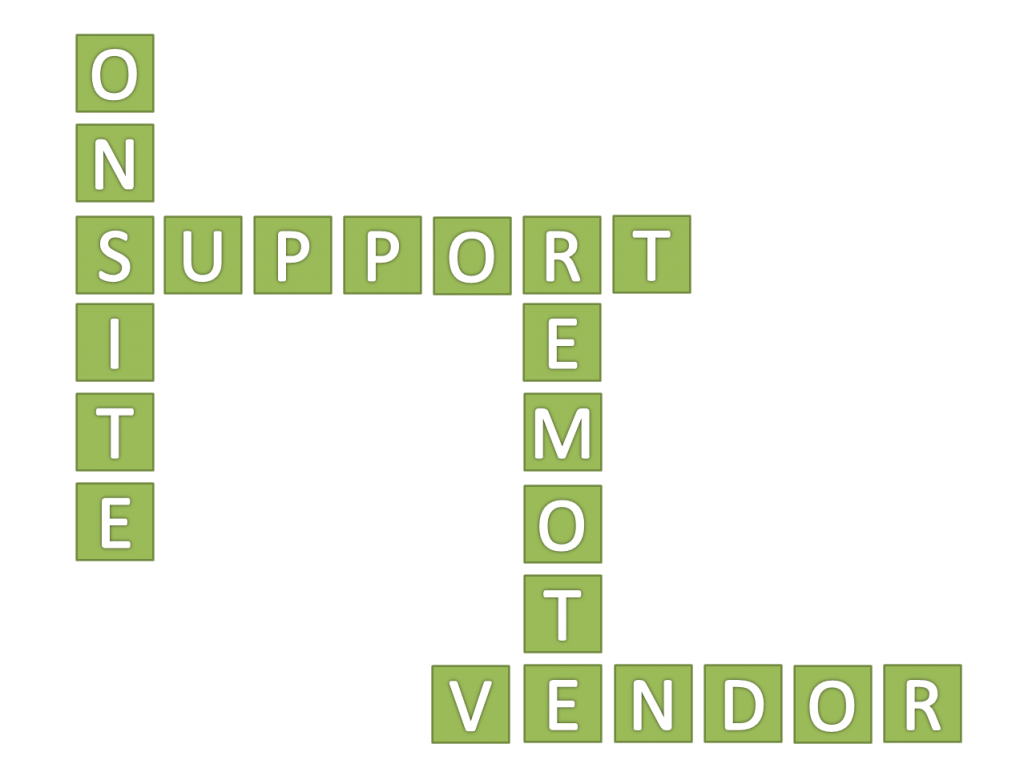
In the unpredictable world of automation, even the best engineered equipment can require occasional support. Typically, our customers have engineers on staff and we work closely with them to provide a strong framework for maintaining and supporting their equipment on a daily basis; however, there are many circumstances where our customers rely on us to help them service or support their equipment. This can be the result of last minute product design changes, process changes to fine-tune their manufacturing process or any other unexpected need for assistance.
This list gives you the pros and cons for various methods of integrator support…
-On-Site Support
- Pros: Because of the face-to-face interaction that results, this is often a customer’s default choice when it comes to support. When an engineer is there to look at the equipment and give a hands-on approach to the service, you may feel more confident they understand the problem and that they will be able to handle it appropriately. If you need to change the physical aspects of your machinery, this may be your best option.
- Cons: The peace of mind you get when an engineer comes to your site is sometimes offset by what it takes to make this happen in a timely manner. When you consider arranging travel, the expenses, and time it will take someone to visit your machine in person it can add up quickly. Before you decide on a field visit be sure to balance these advantages and disadvantages.
-Vendor-Assisted Support
- Pros: Occasionally a component within a system will need service after being in production for years. This part needs to be replaced, but it doesn’t really require any changes to the engineering or tooling of the machine. In these cases, an integrator may leverage their relationship with the manufacturer’s company and arrange a representative to visit your site and help you install the new part. This can be a quicker and lower cost solution that ultimately gets you back into production faster.
- Cons: Other times, you may know you need to make changes to your product or your manufacturing process; it isn’t just a component that needs service. In these cases, there could be some additional programming or debugging required in order to complete the changes you need. In this case, you may need a visit from the integrator.
-Remote Support
- Pros: Remote support can be quick, affordable and effective. The integrator’s engineer can work with your staff on-site to allow access to your equipment and accomplish the debug remotely. This can help minimize the costs and usually get your equipment back up and running in the shortest time possible. Remote support can be effective for programming changes or adjustments, and perhaps debugging the issue at hand. With the appropriate hardware in place, the engineer can even see what is happening via a camera or video feed.
- Cons: If physical changes are required, you may still need resources on site. Additionally, there can be roadblocks to remote connectivity because of corporate policies or sufficient network access near the equipment.
Just like when you purchased your custom automation equipment, it’s important to consider the skill sets and costs associated with overseeing the operation of your equipment. Whether you are in the midst of a production shut down or just tweaking your process, there’s a range of support options available and knowing the pros and cons will help you make the best decision for you and your team.
Share this Post
